Explain what the following PLC Practice Questions on “ladder-logic” circuit does, and identify the meaning of each symbol in the diagram:

PLC Practice Questions
- Explain why the TSH uses a normally-open contact instead of a normally-closed contact.
- Explain why the TSL uses a normally-closed contact instead of a normally-open contact.
- Based on what we see in this diagram, determine whether the electric solenoid valve allows cooling water to flow when energized, or when de-energized.
- What do the designations “L1” and “L2” refer to in ladder-logic electrical diagrams?
- Suppose switch TSL has a trip setting of 105 deg F (falling) and a deadband value of 2 deg F. Explain how this switch will respond to a rising and falling temperature.
- Suppose we wished to have switch TSHH activate two different alarm lights instead of just one. Modify the circuit diagram accordingly.
Share Your Comments for each Question.
If you liked this article, then please subscribe to our YouTube Channel for PLC and SCADA video tutorials.
You can also follow us on Facebook and Twitter to receive daily updates.
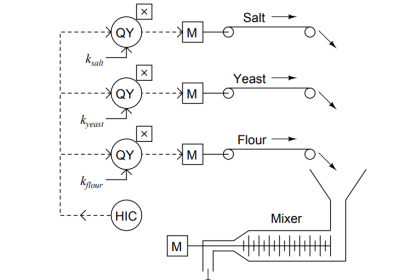
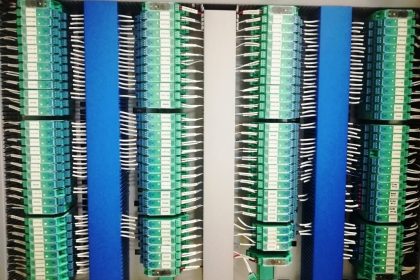

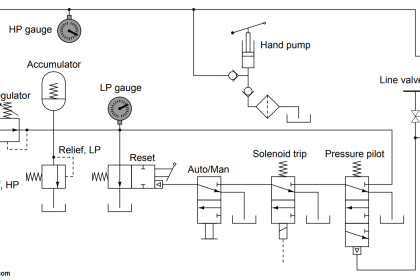

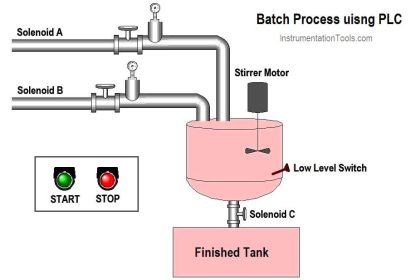
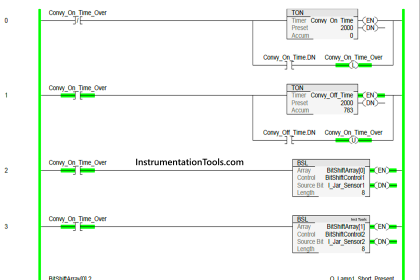
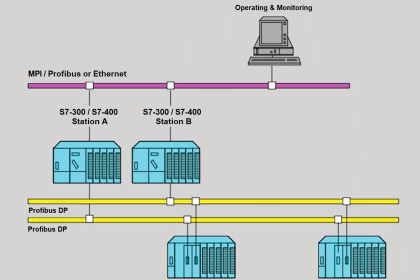

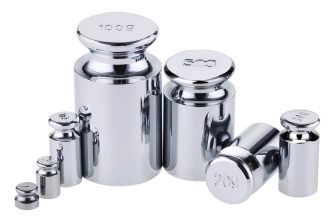
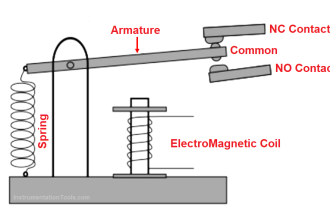
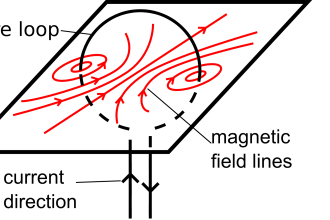
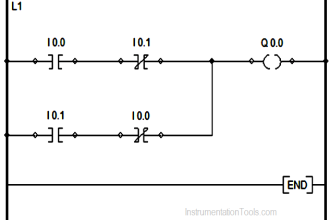
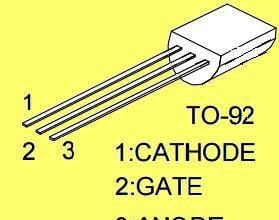
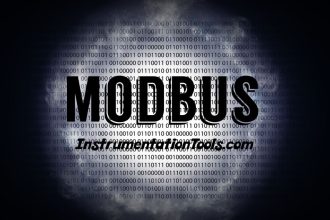
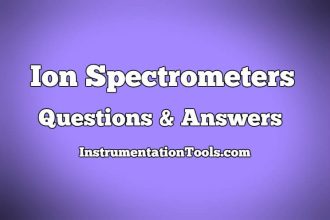

1. TSH uses a normally open contact to prevent the turning on of the cooling water solenoid in the beginning of the process. Since the temperature is low at the starting point of the process. Hence, the temperature should increase firstly, then according to the particular temperature value TSH becomes enegized and its normally open contact is closed. Thus, the cooling water solenoid is on.
2. TSL is de-energized when temperature is low. Therefore, it uses a normally closed contact to energize the low temperature indicator in the beginning of the process. Hence, the indicator exhibits the current temperature value at the starting moment, then the temperature is increasing, TSL is going to be energized. Threfore, its normally closed contact becomes an open contact. And now we don’t see low temperature indicator is as energinzed.
3. The solenoid valve is energized merely at one particular moment, when TSH open contact is closed. Obviously, the solenoid valve allows to flow cooling water when energized.
4. Phase 1 and Phase 2.
5. TSL is not energized when temperature is low than 105-2 deg F. So, normally closed contact is still closed, but energized when temperature is more than 105+2. So, normally closed contact becomes open.
6. To append new branch below for another alarm indicator as an output.
It might be I have some mistakes in my explanation, be polite.
And I will be appreciated If you correct my mistakes. Thank you!
Thank you
the question is why they use TSL and Tsh instead of N.C or N.O my answer is because it used as and temperature sensor and it will only activate once the predetermine temp set point is reach